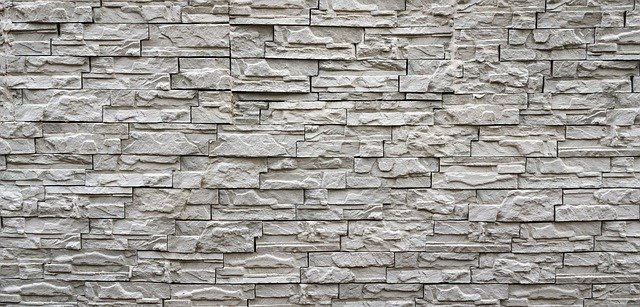Polycarbonate Sheets: Applications in Construction and Architecture
Polycarbonate sheets are a durable, lightweight glazing option used across construction sectors. They combine impact resistance, transparency, and thermal performance, which makes them suitable for a wide range of building uses from roofs to façades. This article outlines material characteristics, common applications, installation considerations, and design uses in architecture to help professionals and property owners understand where polycarbonate performs well.

Polycarbonate in construction
Polycarbonate is a thermoplastic often chosen in construction for its combination of strength and formability. Compared with glass, polycarbonate is significantly lighter and far more impact resistant, reducing the need for heavy supporting structures. It can be extruded into solid, multiwall, and corrugated sheets, each offering different trade-offs between transparency, insulation, and structural stiffness. In general construction projects, polycarbonate is used for skylights, canopies, greenhouses, and light-transmitting walls where durability and light diffusion are priorities.
Polycarbonate for roof applications
For roof use, polycarbonate sheets offer high light transmission with options to control solar gain and glare. Multiwall polycarbonate provides better thermal insulation than single-pane glazing while still admitting diffuse daylight, which can reduce reliance on artificial lighting. Corrugated polycarbonate is frequently applied on pitched roofs for garages, industrial sheds, and agricultural buildings because it is easy to mount and resistant to breakage. When specifying polycarbonate for a roof, attention to UV-coated surfaces, expansion gaps, and proper sealing is essential to avoid leaks and long‑term weathering issues.
Polycarbonate on building facades
Polycarbonate façades can create visually striking envelopes that filter daylight and add color or texture. Panels are available in translucent, opaque, or colored finishes, enabling designers to control privacy, aesthetics, and interior lighting. Compared with heavy cladding systems, polycarbonate reduces dead load on the underlying structure, which can simplify retrofits and lightweight additions. Fire performance and acoustic properties should be evaluated for façade applications, and local building codes will dictate allowable uses and necessary fire-retardant grades.
Material properties of polycarbonate
Polycarbonate sheets are known for high impact strength, dimensional stability, and good optical clarity in many grades. They can bend cold to form curved surfaces and can be thermoformed for custom shapes. The material has a higher thermal expansion rate than glass or metals, so installation systems must accommodate movement. UV-resistant coatings are common and extend outdoor life by reducing yellowing and surface degradation. Polycarbonate also has specific chemical sensitivities—some solvents and cleaners can damage the surface—so maintenance products should be chosen carefully.
Polycarbonate in architecture design
Architects use polycarbonate to balance daylighting, privacy, and weight constraints in modern designs. Its ability to transmit soft, even light supports deep-plan spaces and atria, and its lightweight nature allows for large spans with minimal framing. Designers also exploit multiwall sections for thermal efficiency or use textured finishes to create visual depth. Sustainable considerations include selecting UV-stabilized recycled content where available and integrating polycarbonate glazing with shading, ventilation, and insulation strategies to optimize whole-building performance.
Conclusion
Polycarbonate sheets present a versatile option across many building applications where impact resistance, light transmission, and reduced weight are priorities. Understanding the different sheet types—solid, multiwall, and corrugated—helps match performance to use: single-sheet clarity for sightlines, multiwall for insulation, and corrugated for simple roof runs. Proper detailing for UV protection, thermal expansion, edge sealing, and fire performance is important to ensure longevity and code compliance. When integrated thoughtfully into design and installation, polycarbonate can support functional, economical, and visually engaging solutions in contemporary construction and architecture.






